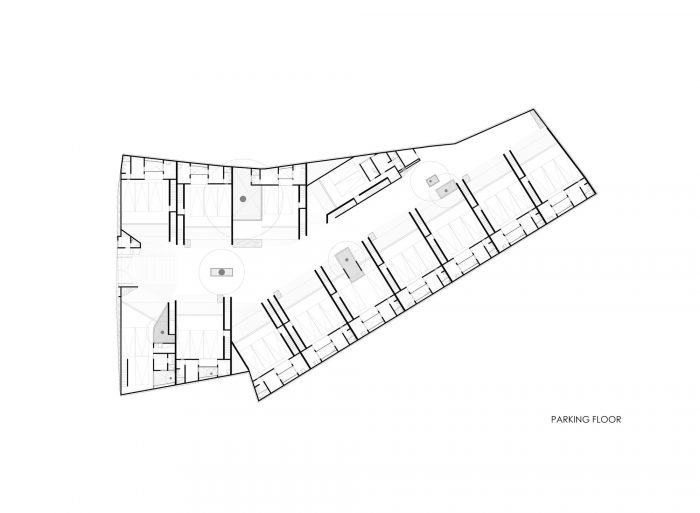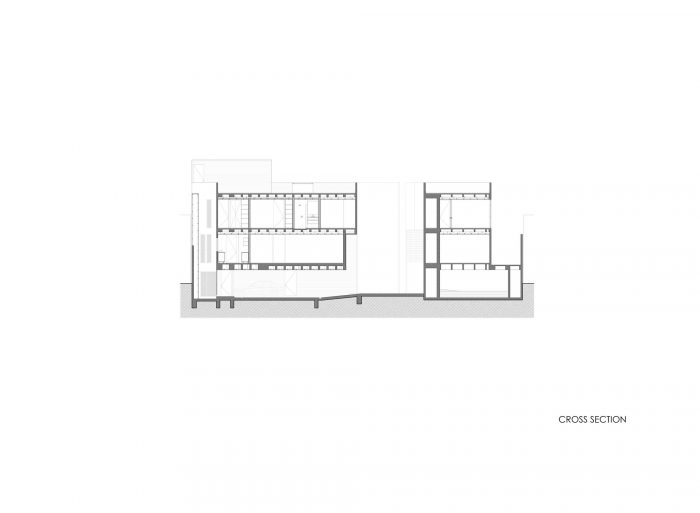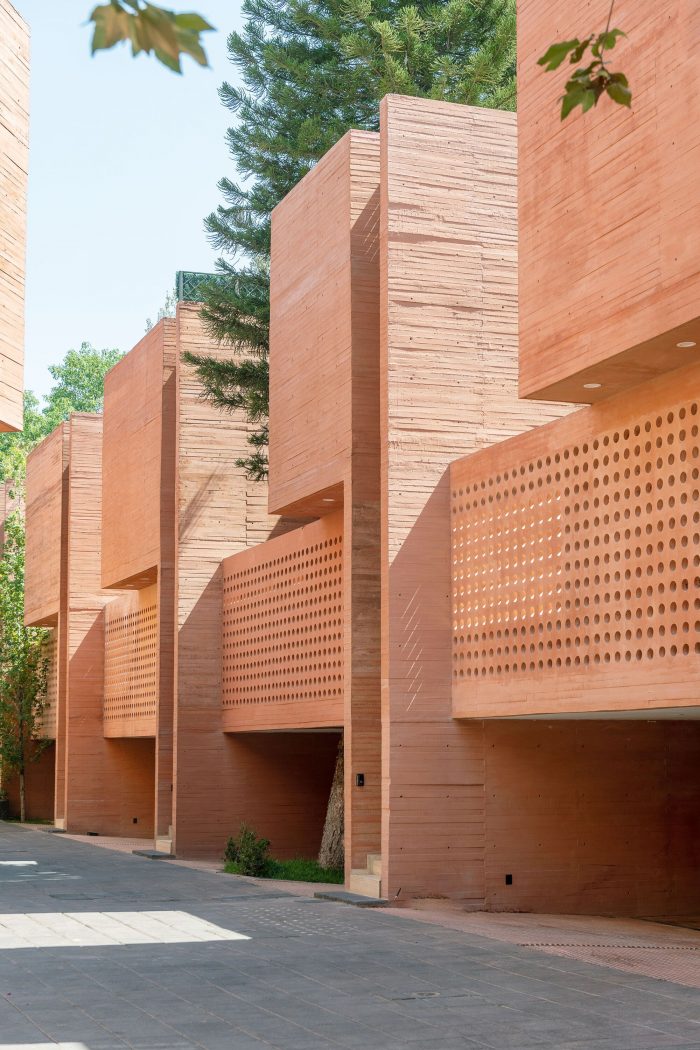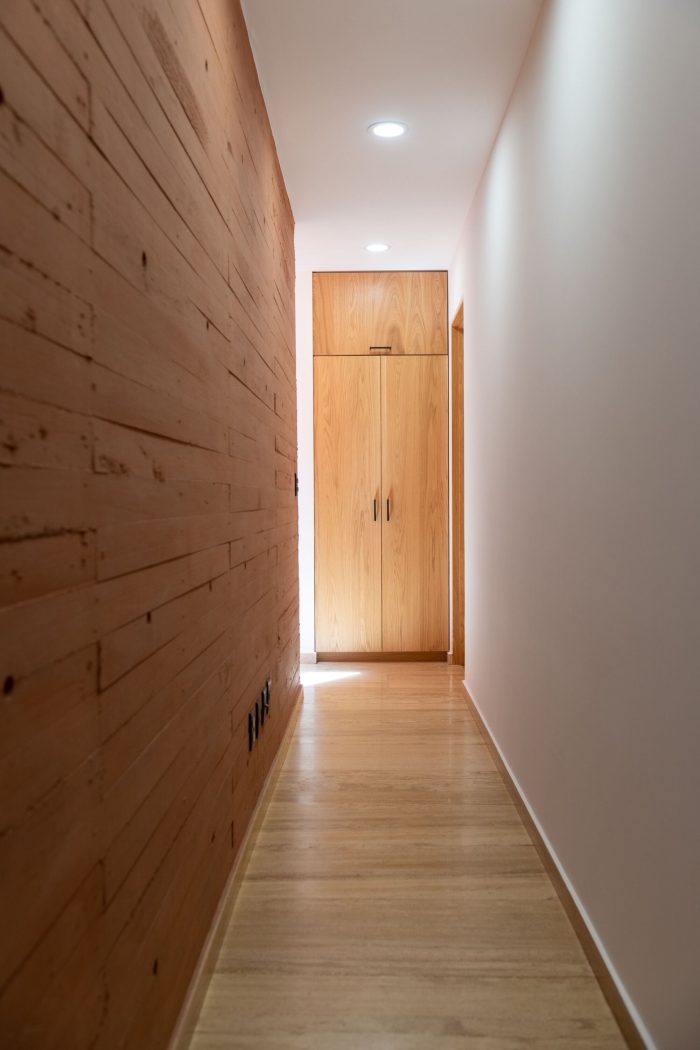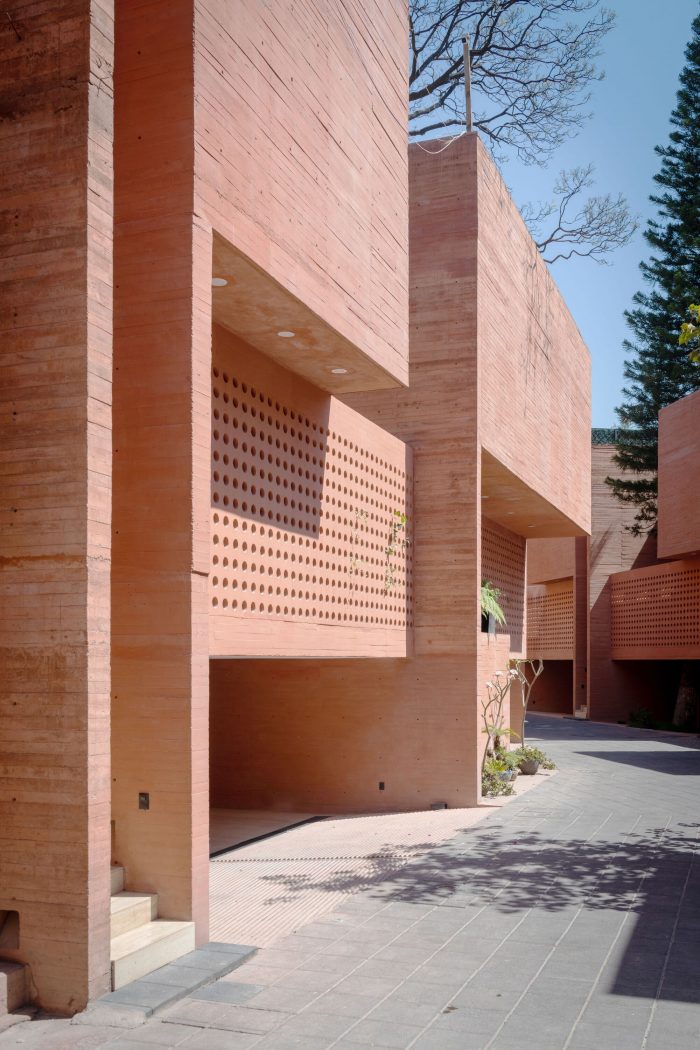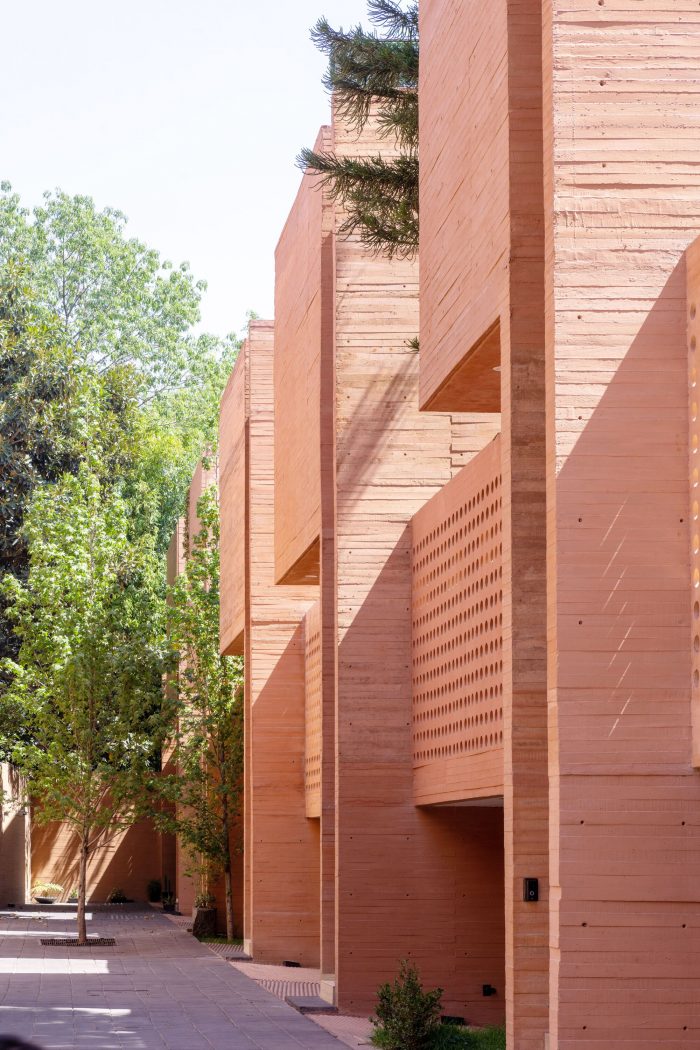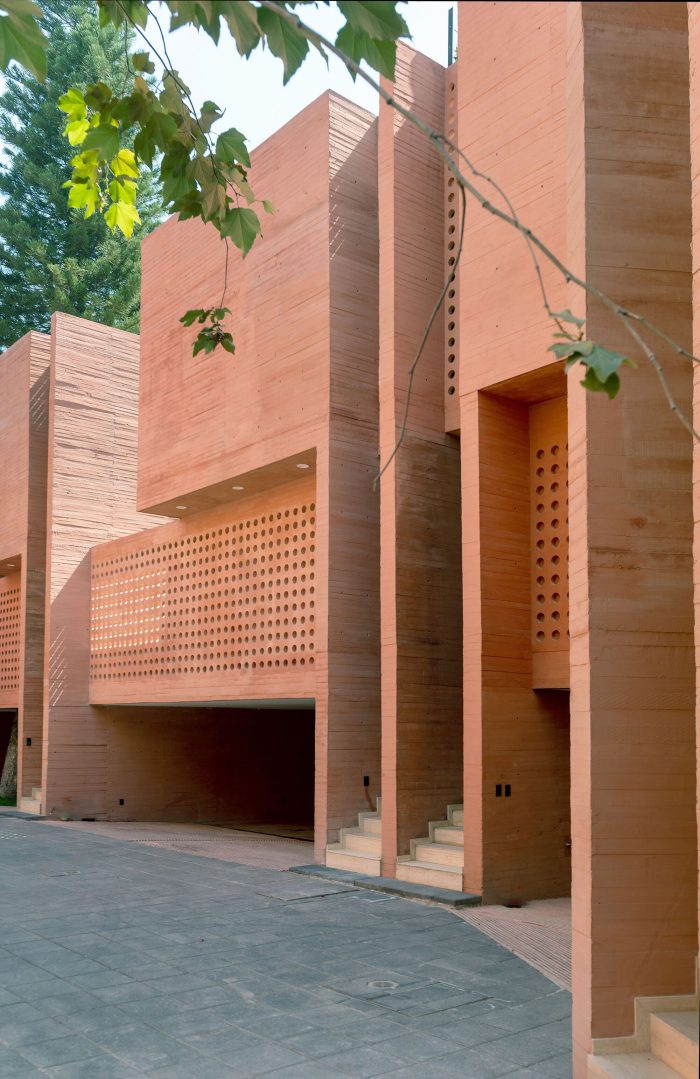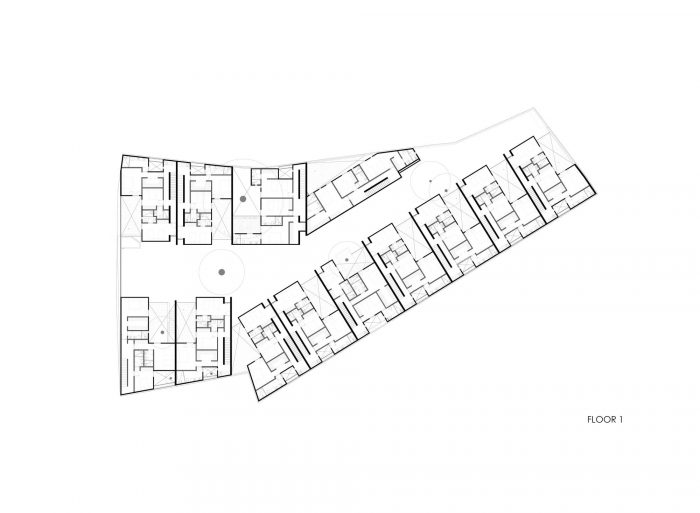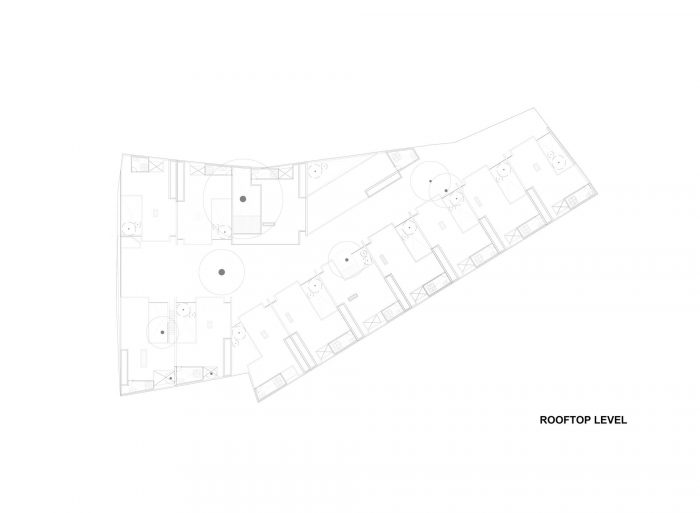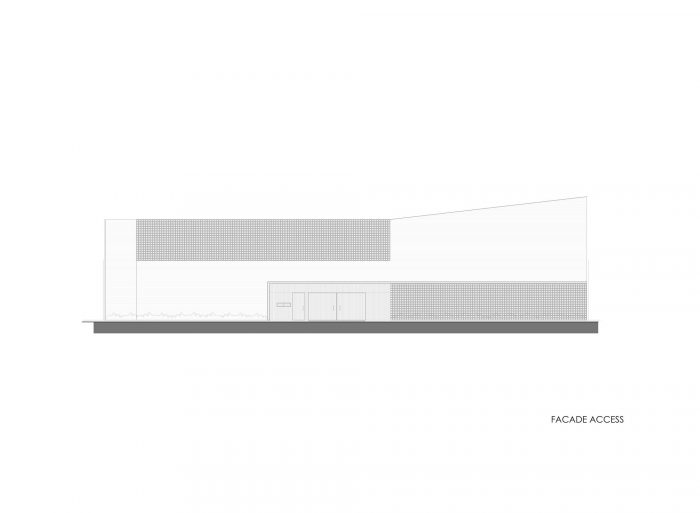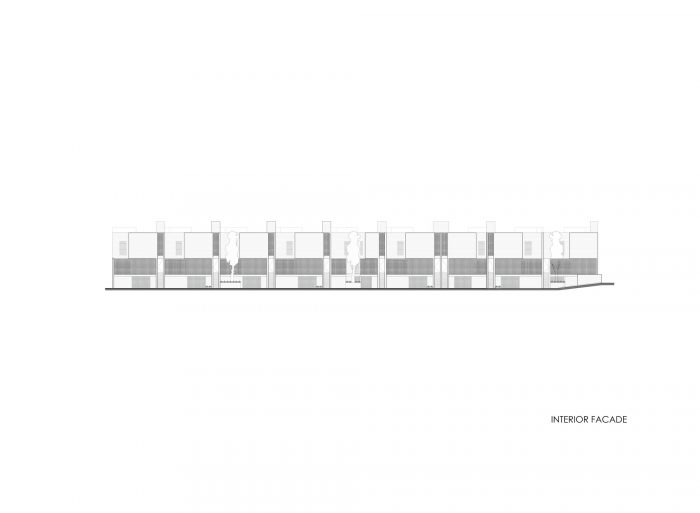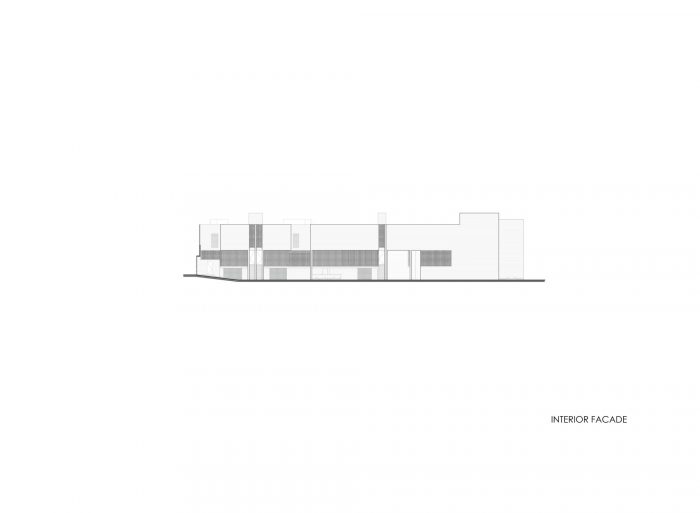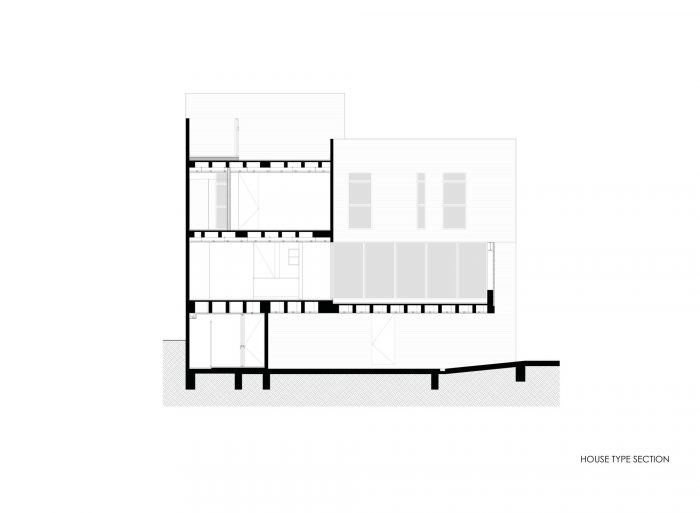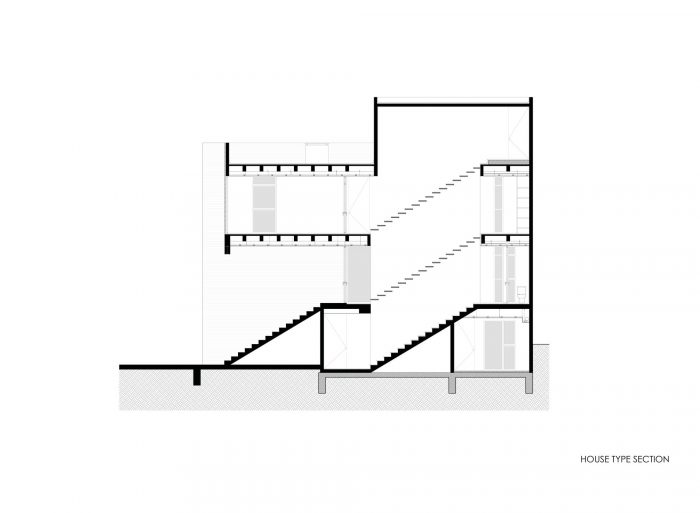Real de los Reyes 138是一个由13栋房屋组成的住宅区,位于科约阿坎的Los Reyes。洛斯雷耶斯镇是一个传统的小镇,其特点是多石。它在西班牙人到来之前就已经存在,并且注定要为该地区的原住民提供住房。在上个世纪的改革时期,科约阿坎已经是一个由农场和村庄组成的自治市,致力于农业和畜牧业。从1928年起,科约阿坎成为联邦区的一个代表团,但直到1950年,科约阿坎别墅–市府所在地–和国王镇一样,逐渐加入了墨西哥城市的范畴。
Real de los Reyes 138 is a residential complex of 13 houses located in Los Reyes, Coyoacán. The town of Los Reyes was a traditional town characteristic of being stony. It existed before the arrival of the Spaniards and was destined the housing the indigenous population of the region. In the last century, during the Reformation, Coyoacán was already an autonomous municipality composed of farms and villages, dedicated to agriculture and livestock. From 1928, Coyoacán became a delegation of the Federal District, but it was not until 1950 when, the Villa de Coyoacán – municipal seat-, like the town of the Kings, gradually joined the urban spot of the city from Mexico.
在过去的十年里,科约阿坎被称为历史中心。这个地区保持着强烈的城市特征,使其与城市的其他地方相区别。它的殖民主义建筑赋予了该省的特色,深受大城市居民的喜爱。反过来,自上世纪以来,它一直是知识分子、政治家和艺术家的好地方。目前,它是一个拥有重要文化和教育机构的地区,这使得它值得被称为 “墨西哥城的文化中心”。响应这个地方的历史,作为建筑师,我们强调该地创造生活空间的元素,同时保留这种传统的特征,被理解为一个安静的居住空间。这些房子设计在3个层面上,地下一层是服务区和停车场;地面一层是公共区域,而第一层是私人区域(卧室)。房屋的公共区域朝向一个内院居住。这个项目的主要设计元素是材料。这些房子是由橙色的混凝土制成的,几乎是一种土黄色的铁锈色。一进入这套房子,你就能感受到一种对土地的归属感。
In the last ten years, Coyoacán has been called Historic Center. This area maintains a strong urban identity that distinguishes it from other places in the city. Its colonial architecture gives a province character much appreciated by the inhabitants of the big city. In turn, since the last century, it has been a great place for intellectuals, politicians, and artists. It is currently an area with important cultural and educational institutions, which has made it worthy of being called the “cultural heart of Mexico City.” Responding to the history of this site, as architects we emphasize elements of the site creating living spaces while retaining this traditional character, being understood as a quiet space to inhabit. The houses are designed on 3 levels, the basement level with service areas and parking; the Ground floor with common areas, and First Level with private areas (bedrooms). The common areas of the houses live towards an inner courtyard. The main design element in the project is materiality. The houses are made of orange pigmented concrete, almost like an earthy rusty color. Upon entering the set you can perceive a sense of belonging to the land.
其他重要的设计参数是由项目的不同空间产生的感觉,包括内部和外部。该项目的第一个影响时刻是在进入布景并被一个与天空形成对比的铁锈色环境所包围时感知到的。第二个时刻是在进入房屋的过程中感受到的。你在两面三层高的墙前,里面有一个混凝土楼梯,把你引向里面。楼梯一直延伸到最后的可居住层。房屋外墙的最大吸引力是其带有圆形穿孔的混凝土格子,这给了每个人的内院,以一种微妙的、暴露的、谨慎的方式与外部创造了联系,与太阳的入射率相配合,在一天中创造了阴影。
Other important design parameters are the sensations generated by the different spaces of the project, both inside and outside. The first moment of impact of the project is perceived when entering the set and being surrounded by an environment of rusty colors that contrast with the sky. The second moment is perceived in the access to the houses. You are in front of two triple-height walls, which contain a concrete staircase that leads you inside. A staircase that continues up to the last habitable level. The great attraction of the facades of the houses is its concrete latticework with circular perforations, which gives the inner courtyard of each one of them, creating a connection with the exterior in a subtle, revealing and discreet way at times, playing with the incidence of the sun, creating shadows inside throughout the day.
Architects: Miguel de la Torre Arquitectos
Area : 2541 m²
Year : 2022
Photographs :Jaime Navarro
Manufacturers : Interceramic, Recinto
Lead Architects : Miguel de la Torre
Design Team : Rodrigo Márquez, Perla Chávez
City : Ciudad de México
Country : Mexico






